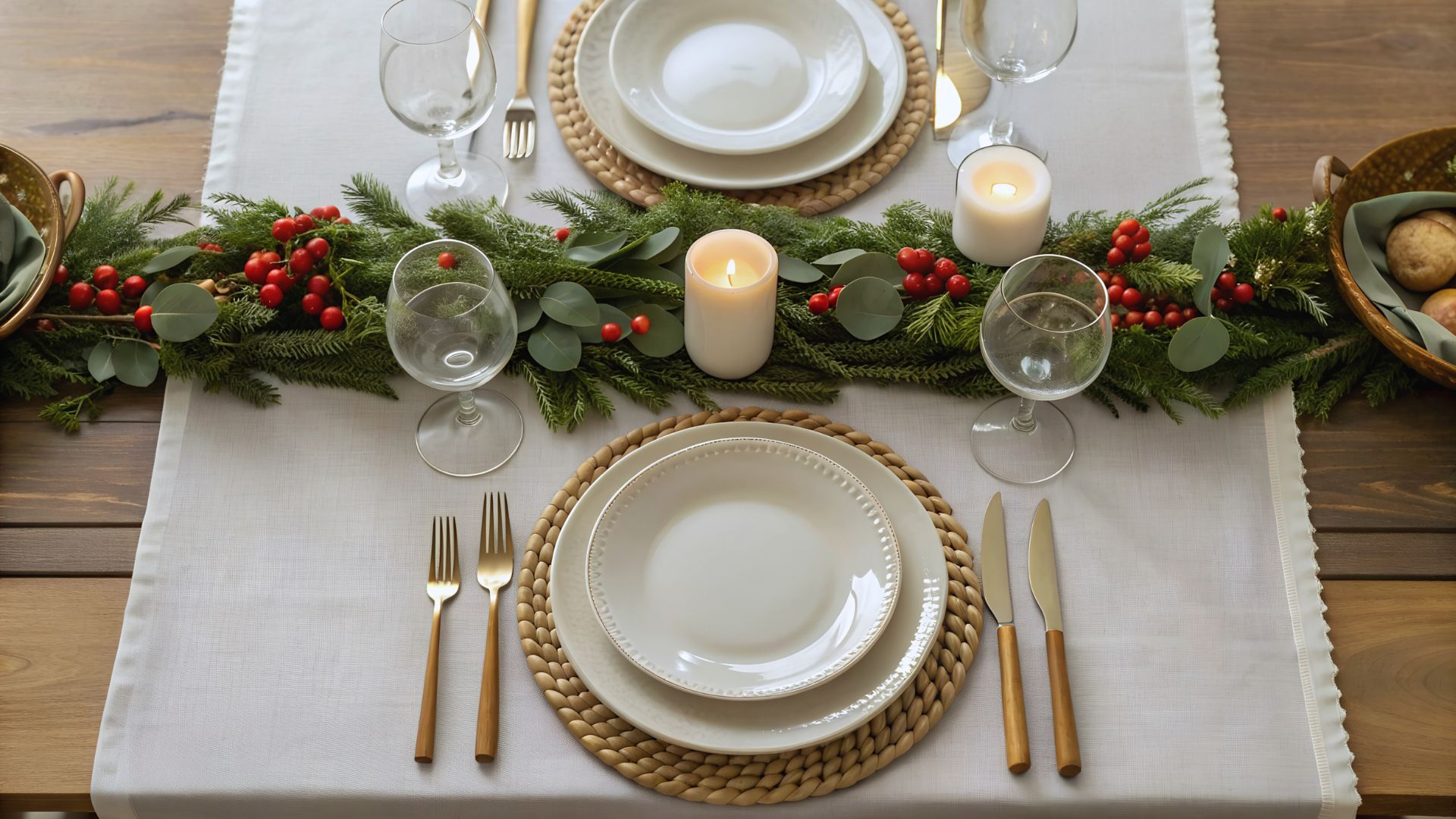Houseplants do more than add a pop of color. They also help bring in and circulate oxygen. The average human uses about 550 liters of pure oxygen per day. A medium sized house plant can bring in 5 milliliters per hour. While it won’t bring you all the air filtration you need, multiple plants in an office or living room may help with air filtration. And as mentioned, they’re very pretty to look at!
From the Monstera plant, which may look like Swiss cheese, to the gorgeous and colorful Nanouk plant (also known as the “Wandering Dude”), there are many options when it comes to greening your home.
Quick Tips for Houseplants
Make sure to read all about if your plants’ lighting needs – direct light, indirect light, or low light. The same goes for water levels. Each plant will have a different capacity to grow with the sun and water you give it. Also, be thoughtful of where you place your plants. Which area of your house gets the best sun? Let’s look at some easy-to-grow, low-maintenance houseplants that will help bring your new home to life.
1. Monstera Deliciosa (Swiss Cheese Plant)
The Monstera can sometime resemble Swiss Cheese – not in its color or consistency, but rather because of the holes in its heart-shaped leaves. Some people prefer to prop their monstera up with a poll, while others love the natural weight of the large leaves. They can grow as tall as 13 feet when planted outdoors in prime conditions, while indoor Monstera plants can range around 3-8 feet in height.
These plants thrive with partial sun exposure and moist soil, and should be watered when the top inch of soil is dry. Be careful! They can be toxic to pets if ingested. If you have pets, place it in a high spot where it’s unreachable by your furry friends. These plants hold various spiritual significance across many different cultures, symbolizing growth, abundance and new beginnings – making it the perfect plant for a new home!
2. Money Tree (Pachira Aquatica)
We all know what a money tree represents, but did you also know that a money tree is considered a holy tree in Feng Shui? It also symbolizes vitality and positive energy. In Eastern Asian cultures people plant these trees for strength, power and financial enrichment. The braided trunk of the tree is said to trap fortune within its folds. A money tree loves bright, indirect light. Places such as an open bookshelf next to a window work well.
Place a money tree in either an east, west or south facing window. It can be watered every 1 – 2 weeks, but depends on the tree’s size. Rule of thumb: if the topsoil feels dry, it’s time for watering. Money trees are generally considered safe for pets, however, it’s still possible for your pet’s stomach to get upset if they eat the leaves in large quantities.
3. Spider Plant (Chlorophytum Comosum)
Lucky for you, a spider plant won’t attract spiders. The name comes from their leaves that are said to resemble spider legs. This is especially true of the baby plants called “spiderettes” that sprout from the main plant. Truth be told, if you’re scared of spiders, you should be fine around a spider plant.
The long, light green leaves bring a sense of peace and calm. Spider plants are thought to represent resilience, adaptability and interconnectedness of life. They thrive in bright, indirect light. If your thumb isn’t quite as green as you’d like it to be, fear not. Spider plants can withstand a little neglect. Now, we would never recommend neglecting a plant, but if you miss a watering or two, your spider plant should make it. Survival of the fittest!
These plants are considered generally safe for pets, but should not be consumed in large quantities, if at all. A fun fact about spider plants is that they can cause felines to hallucinate. Sounds like a trip!
4. Snake Plant (Sansevieria)
Snake plants produce lots of oxygen at night, so they’re great for improving indoor air quality – especially in bedrooms. They can help with dust and dander, plus they’re low maintenance, and have a vibrant green hue. They can grow 1 – 6 feet tall when planted indoors. In some cultures, snake plants represent good fortune, protection and resilience. Some even believe that the snake plant absorbs negative energy.
To care for a snake plant, place it near a window with bright, indirect light. These plants are known to be pretty drought tolerant, so under watering is rare. It’s recommended to water only when the soil feels dry, about 3 inches deep. There are various species of snake plant, so you have a diverse array of looks to choose from. Snake plants are known to be toxic to pets, so be careful if you let your pets near them, but best to keep them out of reach.
5. Pothos (Devil’s Ivy)
Yes, it’s commonly referred to as the “devil’s ivy,” but Pothos symbolizes ambition and higher goals because of its climbing nature. This plant’s longevity suggests endurance and perseverance, thriving in light or shady conditions. They are pretty versatile, available in many different varieties and colors. The Pothos is perfect to hang in a kitchen window or placed on an office bookcase. In fact, it is one of the most common houseplants because of how easy it is to take care of. Be sure to fertilize regularly during the growing season.
Overwatering can lead to root rot, so be sure only to water, when necessary, about every 1 – 2 weeks or when the top inch of the soil is dry. The Pothos is toxic to cats and dogs, so hang it far away from pets. It can grow long, so and can be trimmed. Indoor Pothos may grow around 6 – 10 feet.
6. ZZ Plant (Zamioculcas Zamiifolia)
A ZZ plant, also known as Zanzibar Gem, is a drought-tolerant and resilient plant. It has low-light adaptability and adds a modern aesthetic appeal to any office or bedroom. ZZ plants should be placed in bright to low indirect light and should be watered only when the soil is completely dry. It is said (though not recommended) that a ZZ plant can go months without watering. Putting a ZZ plant in your home is thought to bring growth, endurance, and good fortune. It can grow 2 – 4 feet tall and should be kept away from pets, and thier leaves can be toxic to both cats and dogs.
7. Nanouk Houseplants (Wandering Dude)
If you’re looking to add a pop of color other than green to your plant population, a Nanouk plant is a beautiful purple / pink plant that thrives as a house plant. Like most houseplants, the Nanouk plant grows well in bright, indirect light. A good place to put it is in front of a window with filtered light, like a sheer curtain. Avoid over-watering, which can lead to root-rot. For the Nanouk plant, make sure the top inch of soil is moist.
A Nanouk plant represents the joy of growth and beauty of adaptability. As beautiful as this plant is, it is toxic to cats and dogs and if ingested, it may cause diarrhea and vomiting. So, try to keep it in a high window away from pets!
8. Fiddle Leaf Fig (Ficus Lyrata)
A fiddle leaf fig is a statement piece in any room. With its lush, large green leaves and height of 6 – 10 feet, this plant is the perfect conversation starter. The fiddle leaf fig might need a little more upkeep than other plants. It is recommended to water regularly, but make sure not to over-water. Having a weekly watering schedule will help you stay on track while also ensuring that you’re not overwatering. The fiddle leaf fig is another plant that is not great for pets. It can cause irritation if ingested and is best kept away from dogs and cats. The fig leaf fig signifies growth, abundance, and new beginnings – perfect for your new home set-up!
9. Rubber Plant (Ficus Elastica)
Rubber plants are sleek, bold, and a great stamp of greenery in any room. Their name comes from the latex their leaves produce that can be used to make rubber. Fun fact – people in India have guided the roots over open land and formed living bridges. These plants do well in bright and indirect sunlight but are not so great in hot temperatures. In the wild, rubber trees can grow up to 130 feet. While indoors, your rubber tree should grow between 6 – 10 feet. Rubber trees represent wealth, abundance, and resilience, but they are toxic to pets, so keep them away as they can cause irritation and nausea.
10. String of Pearls (Senecio Rowleyanus)
Succulents may seem like a college cheat code to make a space look good, but if used properly they can look chic. String of Pearls elevates the succulent game with its unique cascading form. It can transform any shelf or hanging planter into a statement. The trick is placement – let your String of Pearls stand alone, rather than crowding it with other plants.
Like most succulents, your String of Pearls won’t need too much water. It should be watered once, and wait until it’s almost or completely dry before watering again. String of Pearls are toxic to pets and can cause stomach issues if ingested, so be sure to clean them up if the foliage falls off the vine. They thrive in bright but indirect light and represent elegance, beauty and wealth. They are a great hanging selection, so kitchens, patios and bookshelves are a great place for these beauties.
Vibes and Oxygen
Getting the right houseplants is all about creating a balanced plant collection for your home. Be sure to diversify your plant selection while making sure you can take care of them all. Remember, your houseplants are just as important for air quality as they are for vibes. They bring a great pop of color indoors, plus they can help you cycle through clean air.
Some Final Plant-Care Tips:
- Try bottom watering, which may reduce the risk of overwatering
- Start your plant collection small and expand slowly
- Make sure to have a watering and light schedule
- Fertilize the soil when necessary
- Choose the correct potting soil
When finding the right houseplants for your home, ask yourself: “How frequently do I need to water this?”, “Is it toxic to pets?” And of course, “Where will this look good?” With these tips, plus the amazing plant options listed above, you can transform your home into a garden oasis in no time!






